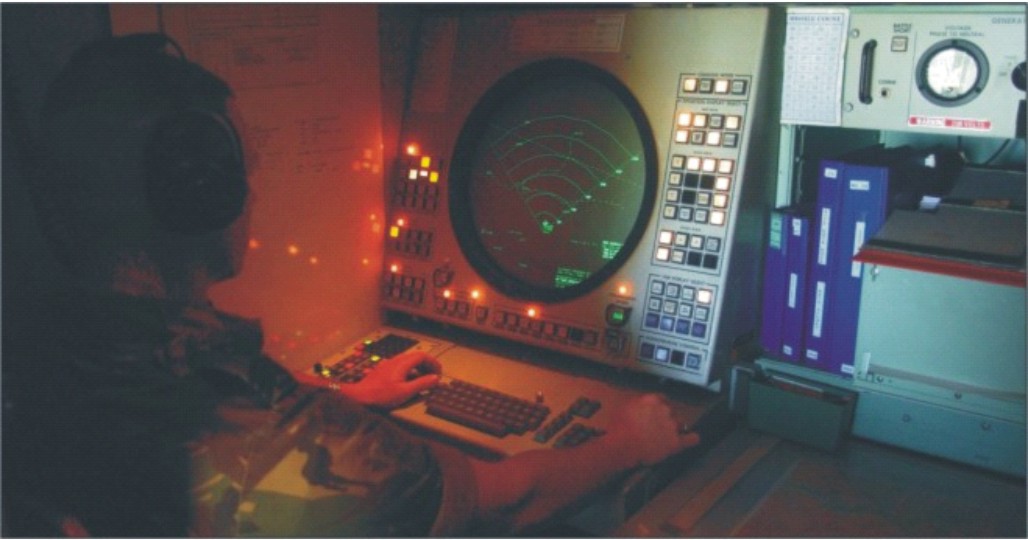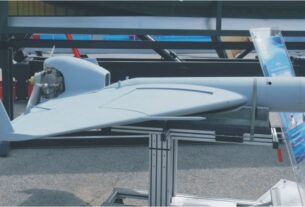Keeping a watch
India is all set to import sophisticated electronic warfare equipment and related platforms to enhance its existing surveillance capability after a task force report has found present system is totally ineffective and can hamper India’s operational preparedness to safeguard national interests.
For this purpose, India will invest more than $15 billion by 2025 to import EW systems and AWACS platforms under a joint operations command structure which will include all three services.
In October 2012, a proposal to have a joint command for the Special Forces was mooted in the Cabinet Committee on Security.
Joint Special Operations Command (J-SOC)-if it becomes operational-is expected to be under the Integrated Defence Services headquarters and to include the existing special forces of the Army, Navy and Air Force.
In 2012, the 14-member Naresh Chandra task force of Indian National Security identified the need for a Special Operations Command (SOC), to bring together the existing special forces of the Indian Army, Navy, Air Force and other relevant agencies under a unified command and control structure to execute strategic or politico-military operations in tune with India’s national security objectives.
As an emerging power in the Asian continent, India is looking to expand its strategic priorities. Accordingly, there is a growing understanding among India’s wider strategic community-including the armed forces-that situations requiring Indian intervention will emerge, especially in the troubled atolls of the South Asian sub-region.
In fact, India is keen to buy more air borne surveillance platforms and the order portfolio will grow in coming years due to heavy demands from Indian Air Force and Indian Navy.
India has got AWACS from Israel and indigenously developed similar Airborne Early Warning & Control systems mounted on Brazilian Embraer-145 platform. The EMB-145 AEW&C will be inducted only next year.
Already, India is planning for 3 more AWACS from Israel and 10 AEW&C to be manufactured and mounted on EMB-145.
The MoD and IAF have agreed to go on more indigenously built AEWC for which the money will come from Long Term Integrated Perspective Plan (LTIPP 2012-2027). Now, India will require 22 AWACS systems by 2020. The IAF has agreed that the Navy can also operate some of them depending upon the threat perceptions.
The IAF was earlier opposing any other force operating AWACS or similar platform other than it. But now they have agreed that the Navy can do so. The demand is also growing due to India’s operational geography is expanding. From the Coast of Mozambique to Straits of Hormuz, India is looking for timely information.
On the top of it, India is also going into Pacific region to secure its interests. Thus, the IAF and Navy have agreed for more AWACS and they may share resources jointly for developing and importing systems and platforms.
India is keen to get at least 10 UAVs in an urgent purchase basis to avoid the gaps in its security command and control all along the volatile Line of Control.
Apart from this, Indian Army is keen that it should strengthen its signal and radio networks for proper monitoring of Pakistani border activities. This will create a need of importing more Electronic Warfare systems, mainly hand held radios, jamming devices and frequency scanners, satellite phones and satellite phone jammers.
India finds itself helpless on the face of growing Pakistani electronic warfare capability. Pakistan has imported latest electronic gadgets from Turkey, China and Malaysia in last 2 years to intercept Indian military communications.
Even during the border flare up at LoC recently, it was found Pakistan was routinely scanning Indian communications. Although India possesses similar capability, it is still inferior to Pakistan.
Pakistani military units based at LoC are equipped with satellite gadgets and are less vulnerable to interception. Now India is planning to counter Pakistani capability with latest gadgets mainly to intercept, jam and scan satellite communications.





